平陆运河修建
Pinglu canal construction
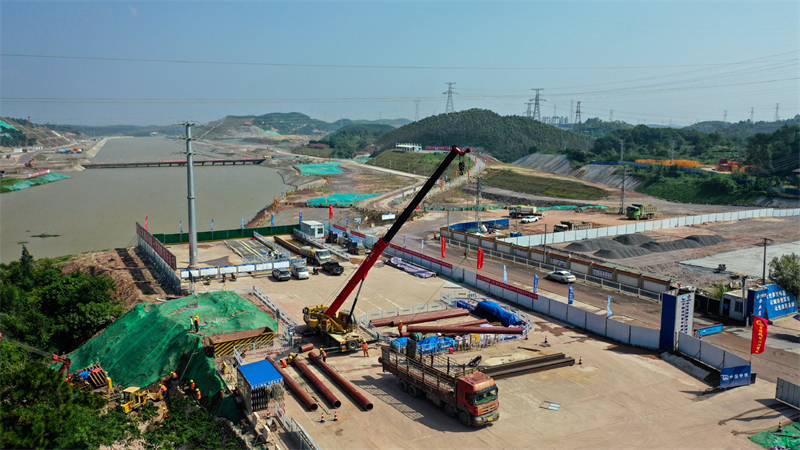
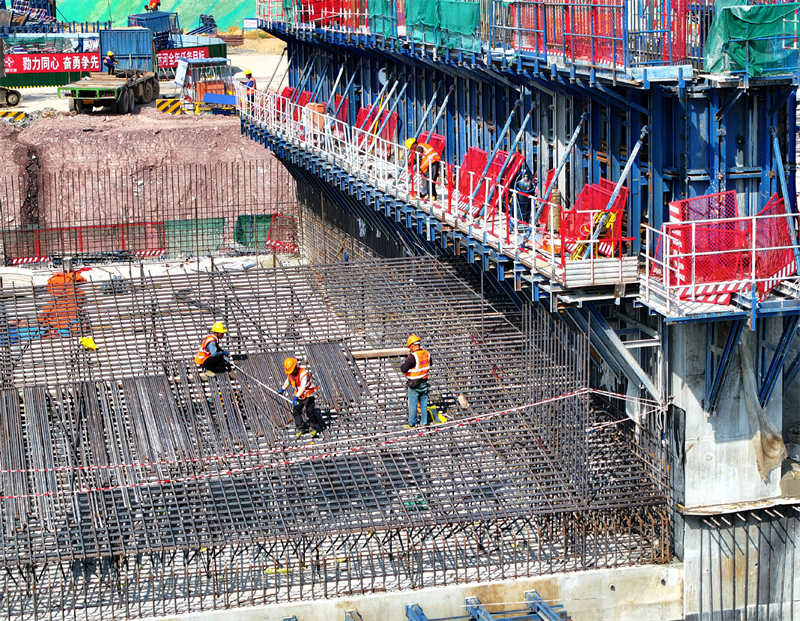
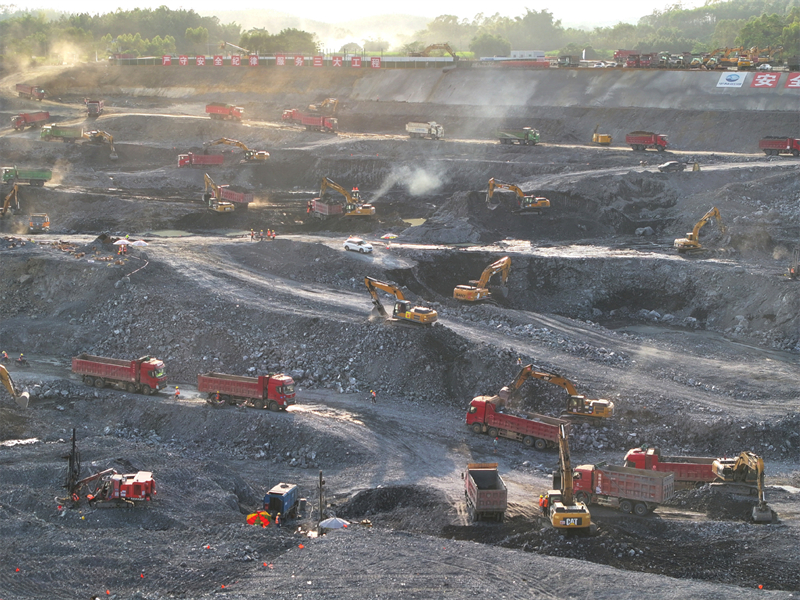
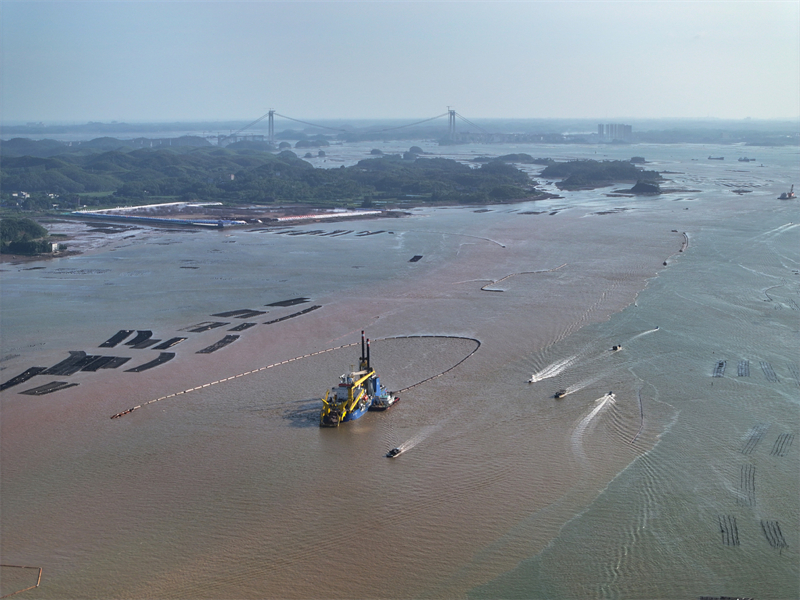
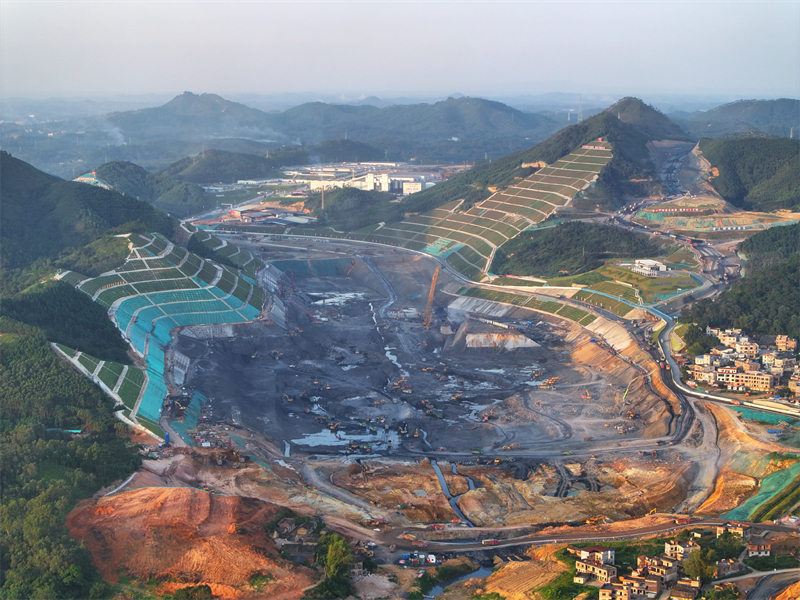
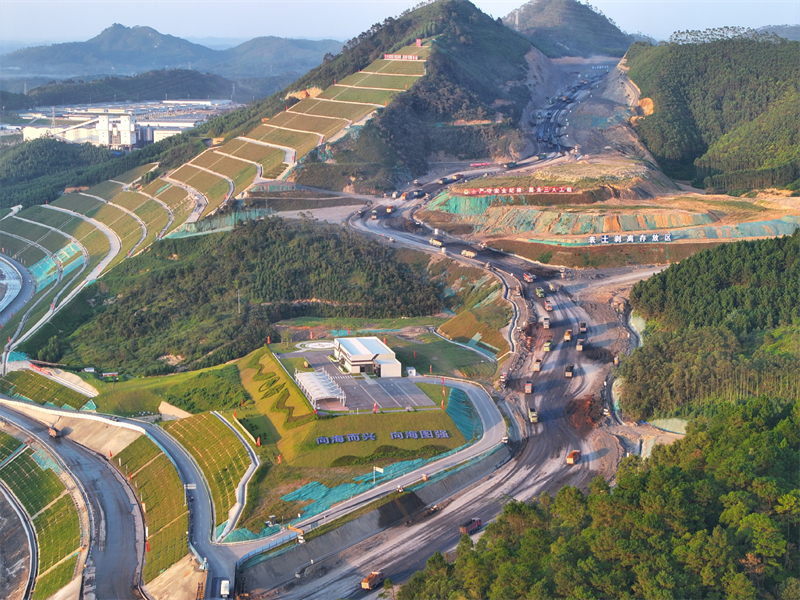
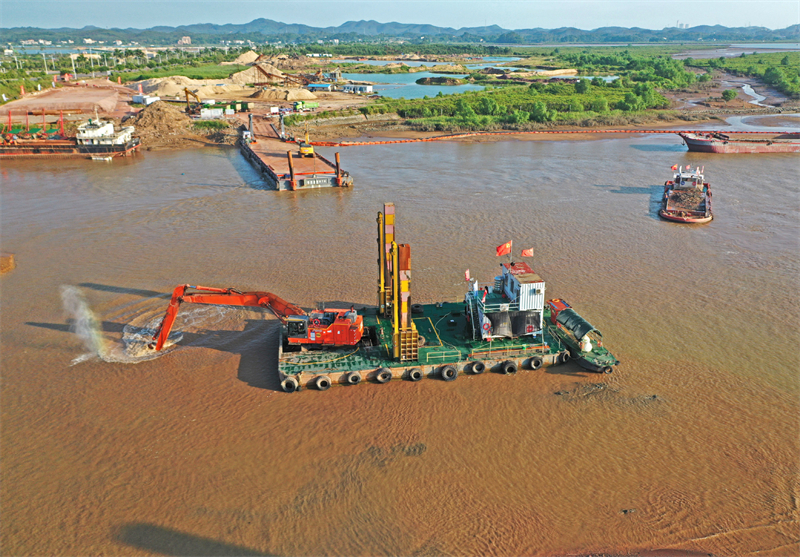
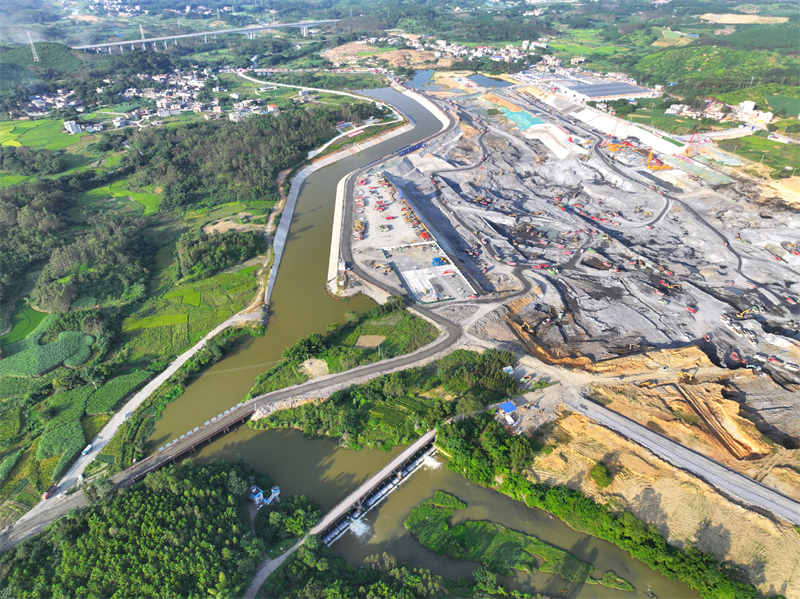
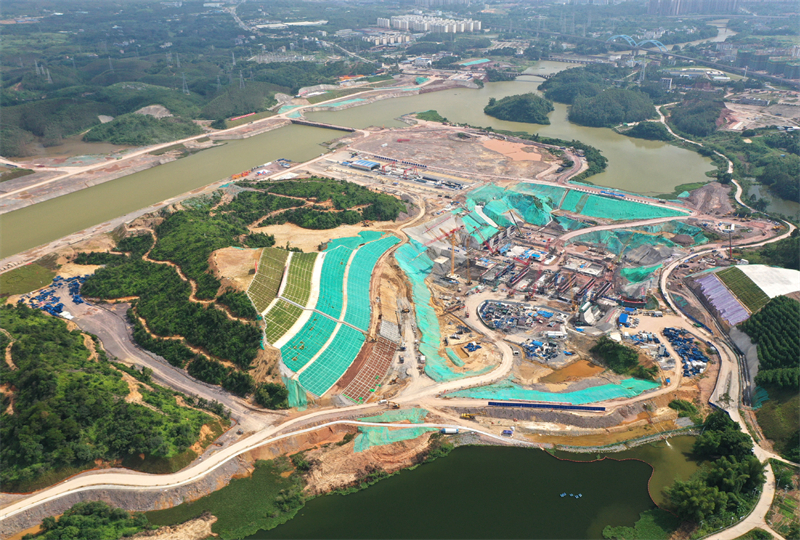
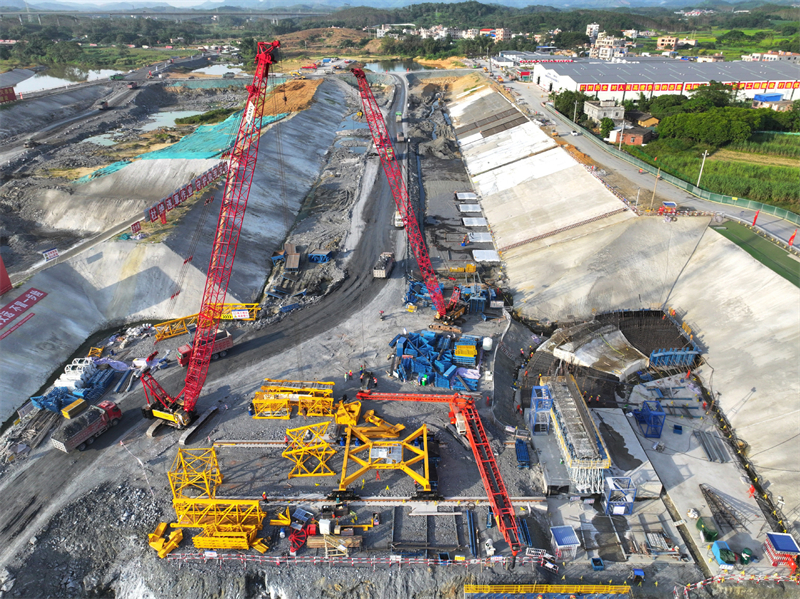
The Pinglu Canal is not the only project China is working on to further integrate economic relations with Southeast Asia. Nearby the Pinglu Canal is the Hainan Free-Trade Port, another grandiose project by China, which plans to be the largest free-trade port by 2025. Given the location of the Hainan port, it is being positioned to advance China’s economic goals of expanding exports to Southeast Asia. Not all of these projects are guaranteed for success; wasteful redundancies are almost inevitable. Nonetheless, these projects are also examples of China’s ability to leverage its geoeconomic advantages to secure its position in the region through deepening its economic connections and dominating supply chains with Southeast Asia.
Future Implications of the Pinglu Canal
Overall, the Pinglu Canal promises to unlock economic benefits not just for Guangxi but also for China-ASEAN relations. Southeast Asian economies will likely realize the benefit of the canal, thus allowing for greater inroads to China’s inland market and vice versa. Beyond Southeast Asia, it could also become a viable route for trade coming from Europe, Africa, and the Indian Ocean.
Vietnam will also scrutinize the economic aspects of the canal carefully. So far, Vietnam has sounded cautiously optimistic, as its state media reported on how Vietnam could benefit from the potential economic output promised by the canal. Since 2004, both Vietnam and China have agreed upon the concept of “two corridors and one belt” as a conceptual framework of cooperation. (The “two corridors” refer to two land-based economic corridors connecting Yunnan and Guangxi, with Vietnam’s northern region. The “one belt” is identical to the Beibu Gulf Economic Rim.) However, actual progress on the ground has been sporadic, as Vietnam has always been careful in aligning with China’s Belt and Road Initiative. Nonetheless, the completion of the canal, together with the recent decision by Vietnam to adopt China’s standard gauge for railway connection, will likely see Vietnam becoming more integrated with China’s economic orbit.
Despite the fact that there is a People’s Liberation Army Navy base located at the mouth of the canal near Qinzhou, it remains uncertain if there are any military implications for the canal that could be of concern for Vietnam. Although, in general, any improved transportation infrastructure implies improved logistical capabilities for the Chinese military.
China-Vietnam interactions in the Beibu Gulf (Gulf of Tonkin) are mostly cordial, as both countries settled their territorial and maritime boundary disputes in the early 2000s. Despite having contentious maritime relations in the South China Sea, both countries’ respective maritime forces conduct regular joint patrols in the Beibu Gulf. Nonetheless, China’s new drawing of a baseline in the Beibu Gulf in March 2024 was not well received by Vietnam, although the Vietnamese government’s response was relatively muted.
In contrast, Vietnam will be vigilant in evaluating the opportunities and risks of the Pinglu Canal. Vietnam is already unnerved by the potential adverse economic, ecological, and strategic effects of the China-backed Funan Techo Canal in Cambodia. However, the impact of Pinglu on Vietnam is not clear.
The Muara Port of Brunei, the country’s only deep-water port, is a joint venture between Brunei Darussalam Asset Management and the Port of Beibu Gulf Group. This direct shipping connection between the two ports along with the opening of the Pinglu Canal will open up more opportunities for Chinese businesses in Brunei.
Malaysia has a foothold in the municipality of Qinzhou via the China-Malaysia Qinzhou Industrial Park (CMQIP), which is located adjacent to the Port of Qinzhou. Established in 2012, CMQIP is meant to be an investment hub for Malaysian investors, but most investors find the location of Qinzhou too remote and unattractive for business expansion. Pinglu could, however, change the fortunes of Qinzhou and CMQIP. Businesses preparing to take advantage of the Chinese mainland via the canal could find Qinzhou and CMQIP convenient locations to set up their operations.
Southeast Asian countries will also be watching the Pinglu Canal and its future carefully, some with optimism and others less so. Singapore is a partner with the city of Chongqing through the Singapore-Chongqing Connectivity Project and views the canal as a potential boon for Singaporean business interests.
Economically, the role of the canal in connecting China’s inland region to the Beibu Gulf could finally vitalize the Beibu Gulf Economic Rim and serve to further consolidate China-ASEAN trade.
The Pinglu Canal will also have important impacts on the relations between China and Southeast Asia. It comes at a critical juncture of economic tensions between China and the United States, rising trade between China and ASEAN, and with the Regional Comprehensive Economic Partnership (RCEP) further enhancing ASEAN’s economic integration.
The reliance on Guangdong ultimately proved to be insufficient for Guangxi. Guangxi’s interests, after all, are subordinate in the considerations of Guangdong. In a sense, what the Pinglu Canal does for Guangxi is similar to what the Funan Techo Canal does for Cambodia, making the country and province less reliant on their respective neighbors (Guangdong for Guangxi and Vietnam for Cambodia) as trade outlets. The Pinglu Canal will further bolster the Port of Beibu Gulf (consisting of three smaller ports of Qinzhou, Fangchenggang, and Beihai). The Port of Beibu Gulf is designated as one of China’s international seaport hubs in the 2021 National Transport Network Plan, and is now one of the ten largest ports in China. In his inspection tour of Guangxi in December 2023, Chinese President Xi Jinping emphasized that the future development of Guangxi hinges upon its river-sea intermodal connectivity, namely the Pinglu Canal.
The Regional Role of the Pinglu Canal
These initiatives and policy measures have only brought modest results. Guangxi’s leaders have often looked to their more economically successful neighbor in the east, Guangdong, instead of looking south to the coast for economic opportunities. The 2019 Guangxi Plan to Integrate with the Greater Bay Area, for example, prioritized economic and infrastructure connection to Guangdong. Before the Pinglu Canal, the central, northern, and eastern interior regions of Guangxi received more investments in capital projects when compared to the coastal areas. Guangxi’s fragmented economic strategies over the past three decades have led to a failure in sufficiently investing in the Beibu Gulf area.








No comments:
Post a Comment